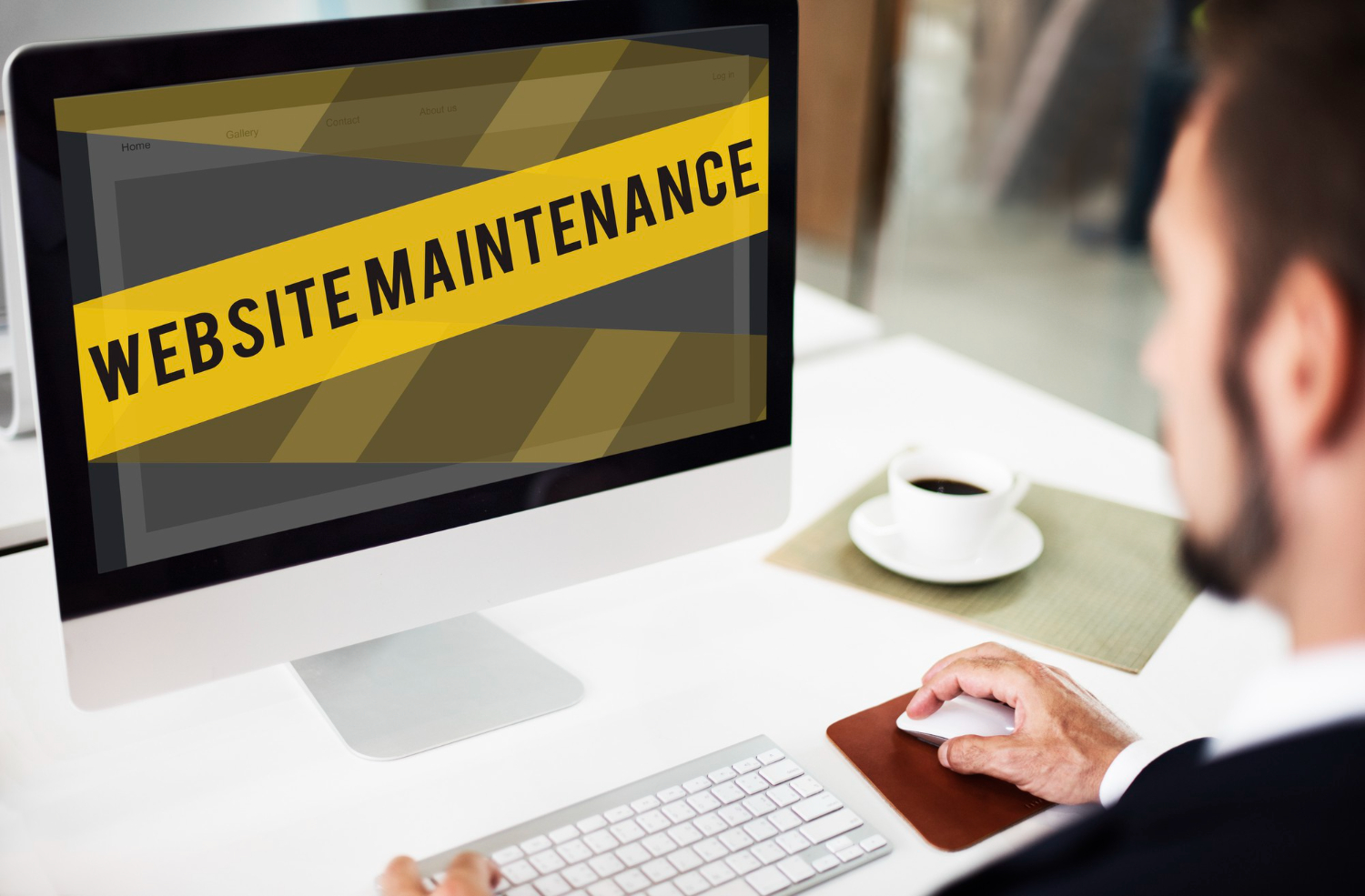
Essential WordPress Website Maintenance Tips
Introduction
Maintaining your WordPress website is crucial for ensuring optimal performance, security, and user experience. Effective WordPress site upkeep involves a range of practices that help keep your site running smoothly. Here are some essential maintenance tips to consider:
1. Regular Backups
Regular WordPress backups are one of the most vital aspects of website maintenance. They ensure that your data is safe and can be restored in case of unforeseen issues. Using reliable backup plugins or services can automate this process, providing peace of mind knowing that your content is secure.
2. Update WordPress Security
Keeping your WordPress core, plugins, and themes updated helps prevent security breaches. Regularly checking for and applying these updates is a fundamental practice in WordPress security best practices.
3. Optimize WordPress Performance
Implement strategies like caching, image optimization, and minimizing unnecessary plugins to significantly enhance your site's speed. A faster site improves user experience and positively impacts your search engine rankings.
4. Update Plugins and Themes
Outdated plugins and themes can be a source of vulnerabilities. Keep track of available updates and apply them promptly to maintain your site's health and functionality.
5. Perform Regular Site Audits
Conduct reviews of your site's performance, security, and overall health. Regular audits help identify and fix issues such as broken links, slow loading times, or outdated content.
6. Troubleshoot WordPress Issues
Promptly diagnose and resolve any plugin conflicts, theme issues, or broken features. Monitoring error logs can also aid in identifying and fixing problems before they affect users.
7. Optimize Database Management
Regularly clean up your database by removing unnecessary data—such as spam comments and old revisions—to improve performance and reduce load times.
8. Manage WordPress Hosting
Choose a reputable hosting provider that offers reliable uptime, fast load times, and strong customer support. Regularly review and upgrade your hosting plan as needed to support site growth.
9. Adopt a Maintenance Strategy
Establish regular maintenance schedules, document your processes, and use tools to automate tasks like backups and updates. A well-planned strategy keeps your site in top condition with minimal effort.
10. Focus on WordPress Website Care
Ongoing attention to security best practices, performance, and updates ensures your site remains reliable and user-friendly over time.
